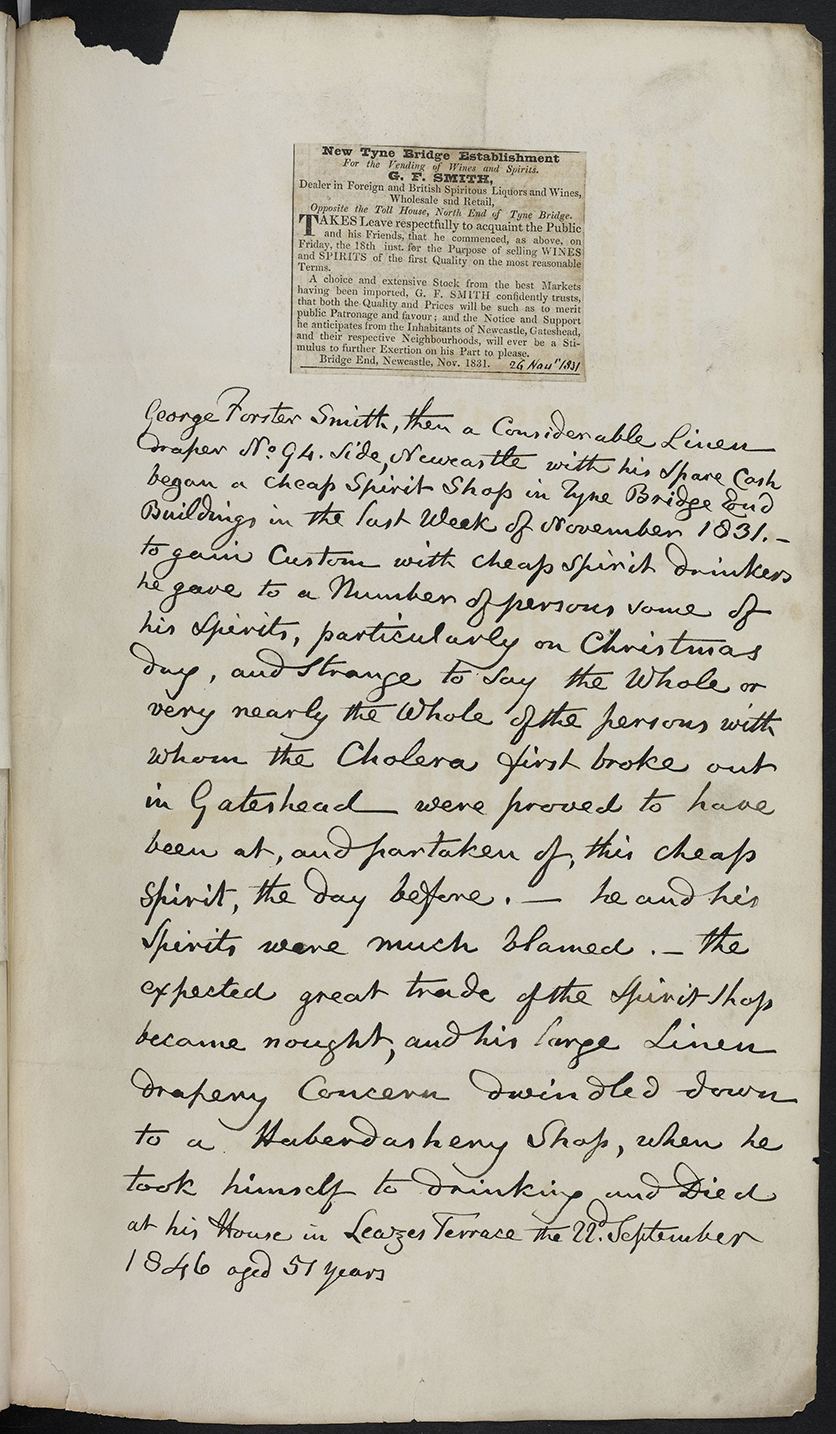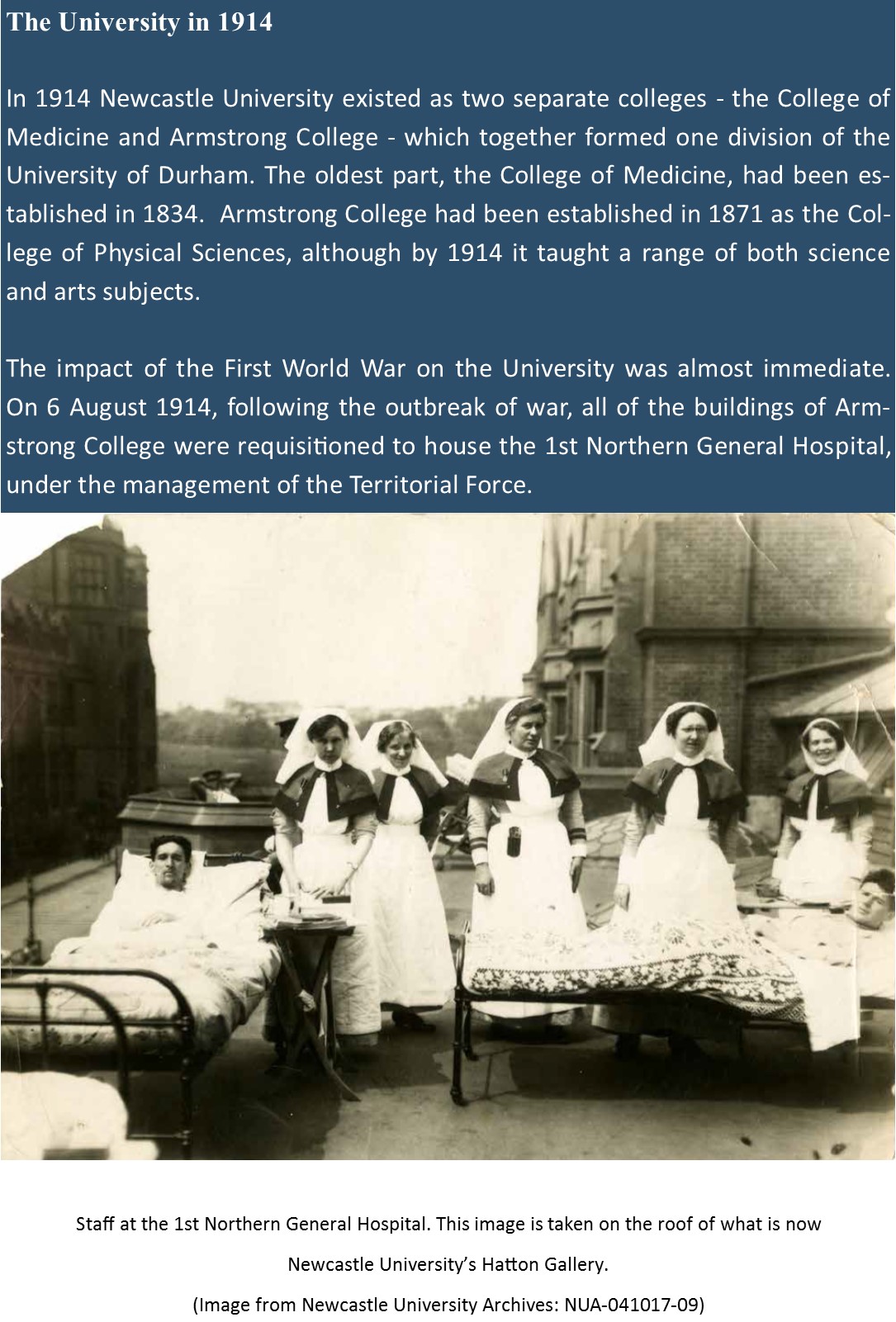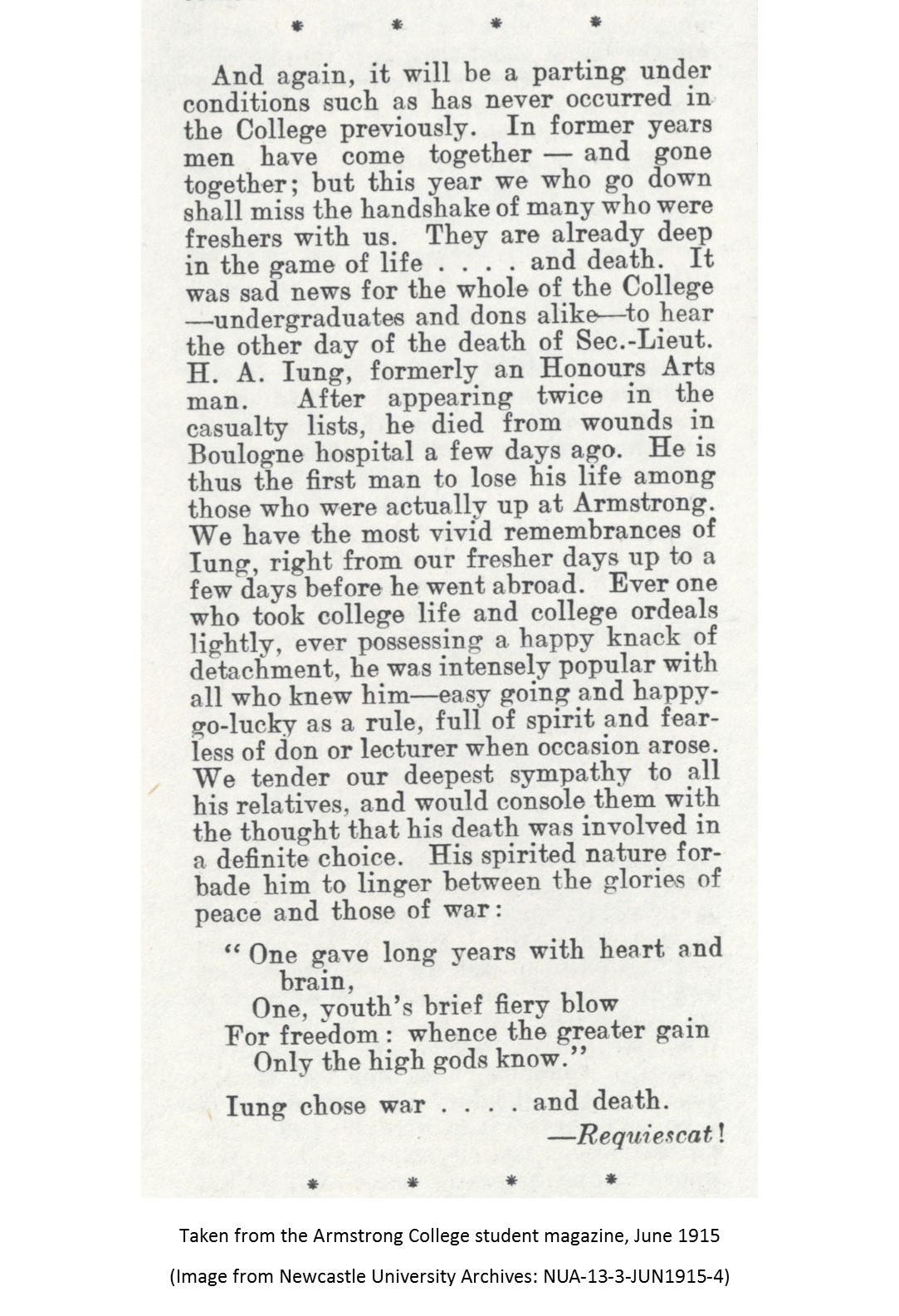This is a poster version of the exhibition A University at War – Newcastle University during WWI, which was on display in the Marjorie Robinson Library Rooms, Newcastle University, 5th January 2018 – 30th March 2018.
Lady Tabitha and Us – Peg Doll Games
#ChristmasCountdown
Door No. 24
HAPPY CHRISTMAS EVE!
The Newcastle University Special Collections team
would like to wish you all a very
MERRY CHRISTMAS!
What does your Christmas Eve consist of? Do you play games just like Kathleen Ainslie’s peg dolls, to get you in the mood for Christmas?
Illustrations taken from ‘Lady Tabitha and Us’ by Kathleen Ainslie (Rare Books, RB 823.912 AIN). You join Tabitha, a peg doll and her friends on Christmas Eve. They play party games, such as tug of war and drop the handkerchief, along with musical chairs, hunt the slippers, hide and seek, orange and lemons, blind man’s buff, guessing games and the Sir Roger dance. They then finally eat supper and “we didn’t go home till morning, till daylight did appear”.
Visit Door number 1 to find out a little bit more about Kathleen Ainslie.
Explore another Kathleen Ainslie book that we have in Special Collections; ‘Catherine Susan and Me’s Coming Out’, in our February 2017 Treasure of the Month Feature.
Geoffrey Trevelyan’s letter to Father Christmas
#ChristmasCountdown
Door No. 22
This letter to Father Christmas was written by Geoffrey Washington Trevelyan, the youngest son of the politician Charles Philips and Lady Mary Trevelyan of Wallington (find out more about the Trevelyan Charles Philips Trevelyan here). Written at his grandparents’ house Rounton Grange on Christmas Eve 1917, when he was seven years old. Geoffrey requests that Father Christmas decorate the tree and bring presents for the children.
Geoffrey later became an engineer at de Havilland, and the 5th Baronet of Wallington.
Rag Pie Christmas Advertisement
#ChristmasCountdown
Door No. 21
Advertisement for Powell’s Products in Rag Pie.
This advertisement is contained within the 1932 issue of Rag Pie, which was created and published by University students of Newcastle upon Tyne, in aid of the Newcastle Dispensary, The Babies’ Hospital, The Throat, Nose and Ear Hospital and the Eye Hospital. The magazine contains advertisements alongside stories, poems and songs written by students and sold for 6d to raise money for charity.
RAG is a student-led committee which organised fundraising activities and is still active today, although Rag Pie is no longer published.
Powells Products Ltd. operated on Kells Lane Low Fell until it went into liquidation in 1970.
Christmas Eve in the Olden Time
#ChristmasCountdown
Door No. 20

Christmas Tyde poem, pgs 194-195, from ‘Christmas Eve in the the Olden Time’ (Robert White Collection, W245 COL)

Christmas Tyde poem, pgs 196, from Christmas Eve in the the Olden Time (Robert White Collection, W245 COL)
Poem by Walter Scott from ‘Christmas Tyde: A Series of Sacred Songs and Poetical Pieces suited to the season’, published London: William Pickering, 1849, created by Sara Coleridge.
Find out more about the White (Robert) Collection.
Cholera scrapbook – drinking on Christmas Day, 1831
#ChristmasCountdown
Door No. 19

Newspaper cutting and handwritten account of the Cholera outbreak, 1831 from ‘Collection relative to the cholera at Gateshead, in the county of Durham Vol I (Rare Books, RB 616.932 BEL)
This page from the Cholera scrapbook details circumstances around George Foster Smith, who sold some of his spirits to people on Christmas Day. It explains that nearly all of those that consumed the liquor from Smith’s establishment were those with whom Cholera first broke out in Gateshead. The Cholera outbreak occurred in Gateshead and lasted from 1831-2.
See another page from Cholera scrapbook Volume I, in Door No. 9 of the Special Collections Christmas Calendar.
Transcription reads;
George Foster Smith, then a considerable linen draper NoG(?)4. side, Newcastle with his spare cash began a cheap spirit shop in Tyne Bridge End Buildings in the last week of November 1831. – to gain custom with cheap spirit drinkers he gave to a number of persons some of his spirits, particularly on Christmas day, and strange to say the whole or very nearly the whole of the persons with whom the Cholera first broke out in Gateshead were proved to have been at, and partaken of this cheap spirit, the day before. – he and his spirits were much blamed. – the expected great trade of the spirit shop became nought, and his large linen drapery concern dwindled down to a Haberdashery shop, when he took himself drinking and died at his house in Leazes Terrace the 22. September 1846 aged 57 years
Find out more about our Cholera scrapbooks here.
The scrapbooks are part of the Rare Books Collections. Find out more about it here.
Courier ‘Coping with Christmas’
#ChristmasCountdown
Door No. 17
Sometimes it isn’t always all carolling out in the snow. Here’s what to do when festive spirit runs low, reality takes a bite and there isn’t a treble close at hand…
Article taken from the Courier, 12th December 2011. View the full issue here.
The Courier is Newcastle University’s student newspaper and has always been a voice for students to express their news, views, and opinions relating to campus life and the operation of the University. Its first issue was released in 1948, when the University was still known as King’s College (Kings College later split into Newcastle University and the University of Durham in 1963). The Courier is still being published today.
Find other issues from the Courier Archive online.
Christmas Card from John and Pauline Dower
#ChristmasCountdown
Door No. 16
This Christmas Card from John and Pauline Dower was sent in the second year of their marriage, and its clean, uncluttered style reflects the fashion of 1930. This card was likely sent to Pauline’s parents, Charles Philips and Lady Mary Trevelyan of Wallington (find out more about Charles Philips Trevelyan here).
The Dowers were both instrumental in the establishment and implementation of National Parks in England and Wales.
Grainger Street Local Illustration
#CollectionsCaptured
Door No. 15
This illustration depicts Grainger Street during the 19th century, showing the hustle and bustle of central Newcastle with horse pulling carriages, looking down towards Grey’s Monument.
Find out more about our Local Illustrations.
Shakespeare’s Comedy of Twelfth Night
#ChristmasCountdown
Door No. 12

Reproduction print depicting Duke Orsino first seeing Olivia, from ‘Shakespeare’s Comedy of Twelfth Night or what you will’ (Rare Books, RB822.33 SHA)
The reproduction illustration by W. Heath Robinson is from Act I, Scene I; ‘DUKE. O, when mine eyes did see Olivia first’
Shakespeare’s Twelfth Night is reference to the twelfth night after Christmas Day (6th January). This is called the Eve of the Feast of Epiphany and prior to Shakespeare’s play, had become a day of revelry. Servants often dressed up as their masters, women dressed as men and men as women, and so forth. This Carnivalesque reversal is the basis of the play’s gender confusion-driven plot.
Twelfth Night is a Shakespearean comedy of mistaken identity. Twins, Viola and Sebastian, who are separated in a shipwreck. Viola fears Sebastian is dead and disguises herself as a boy, calls herself Cesario, and takes up service with Duke Orsino, falls in love but can’t do anything about it due to her disguise. Orsino falls in love with a girl called Olivia but rejects him. Orsino sends Viola (Cesario) to Olivia to try and win her round, but Olivia falls in love with Cesario. Meanwhile Olivia’s steward, Malvolio, is trying to keep order in the house but her uncle Sir Toby Belch and his friends have other ideas. They convince Malvolio that Olivia is in love with him and make him look extremely foolish – Olivia thinks her servant has actually gone mad. When she sees Sebastian, who has survived the shipwreck, she naturally thinks he is Cesario and promptly marries him. Orsino is furious when he finds out but once Viola and Sebastian meet and reveal their true identities there is a happy ending – for everyone but poor Malvolio.
Find out more about the Rare Books Collection.
















